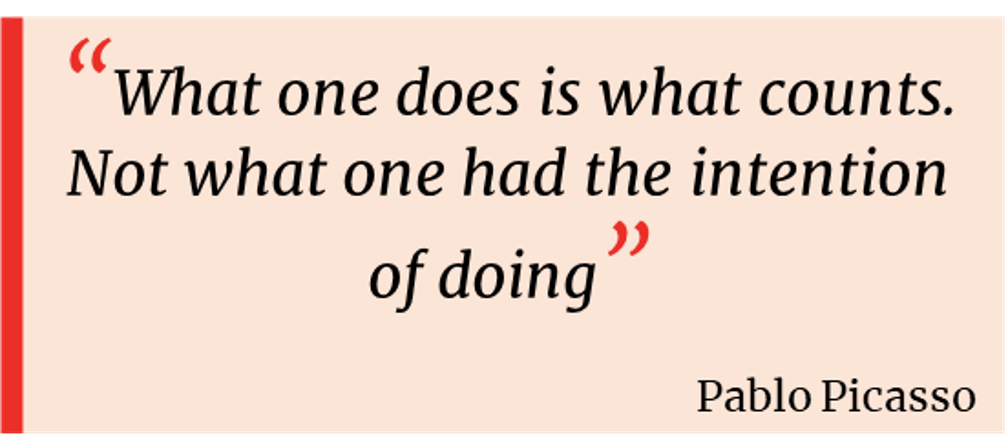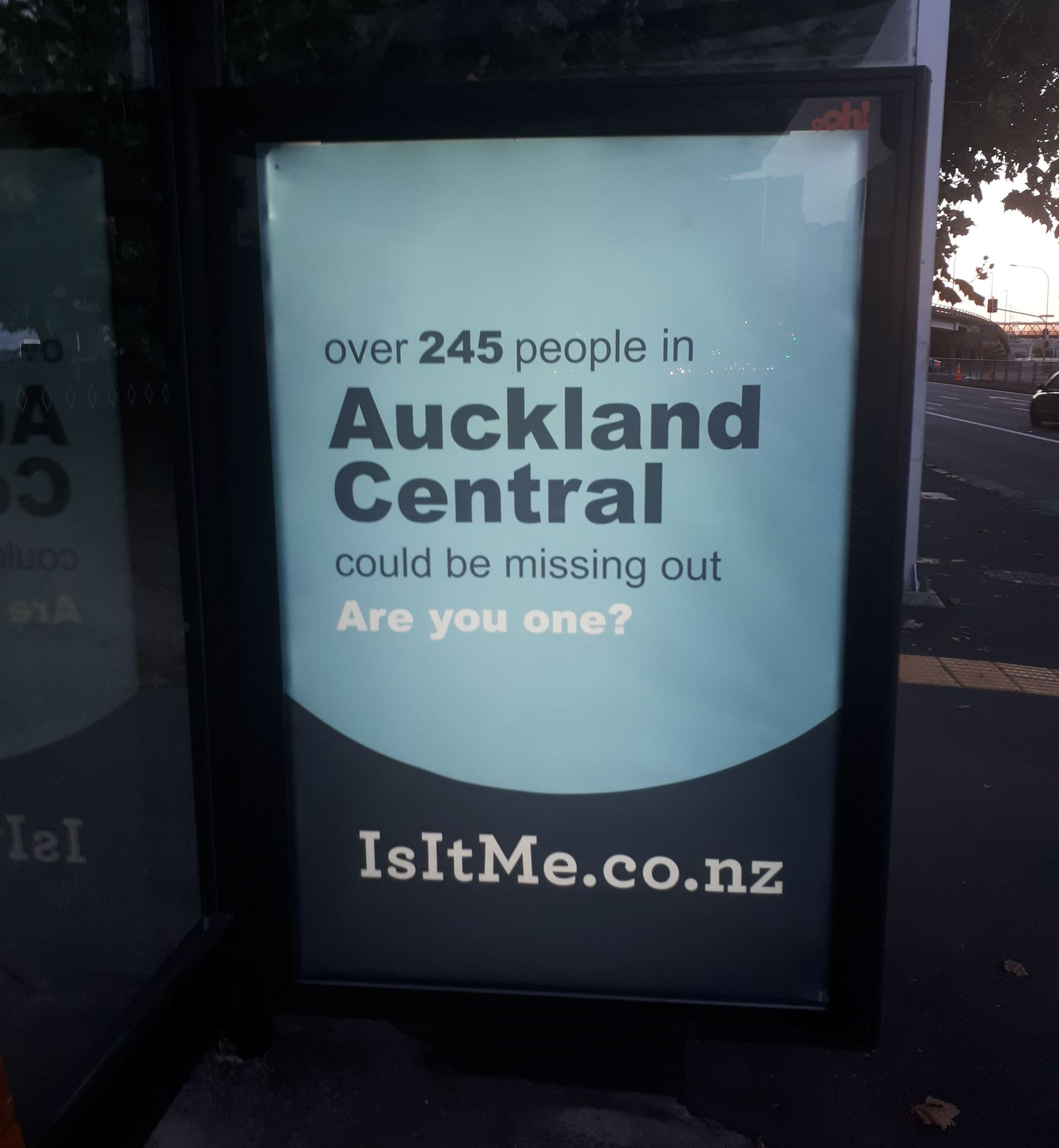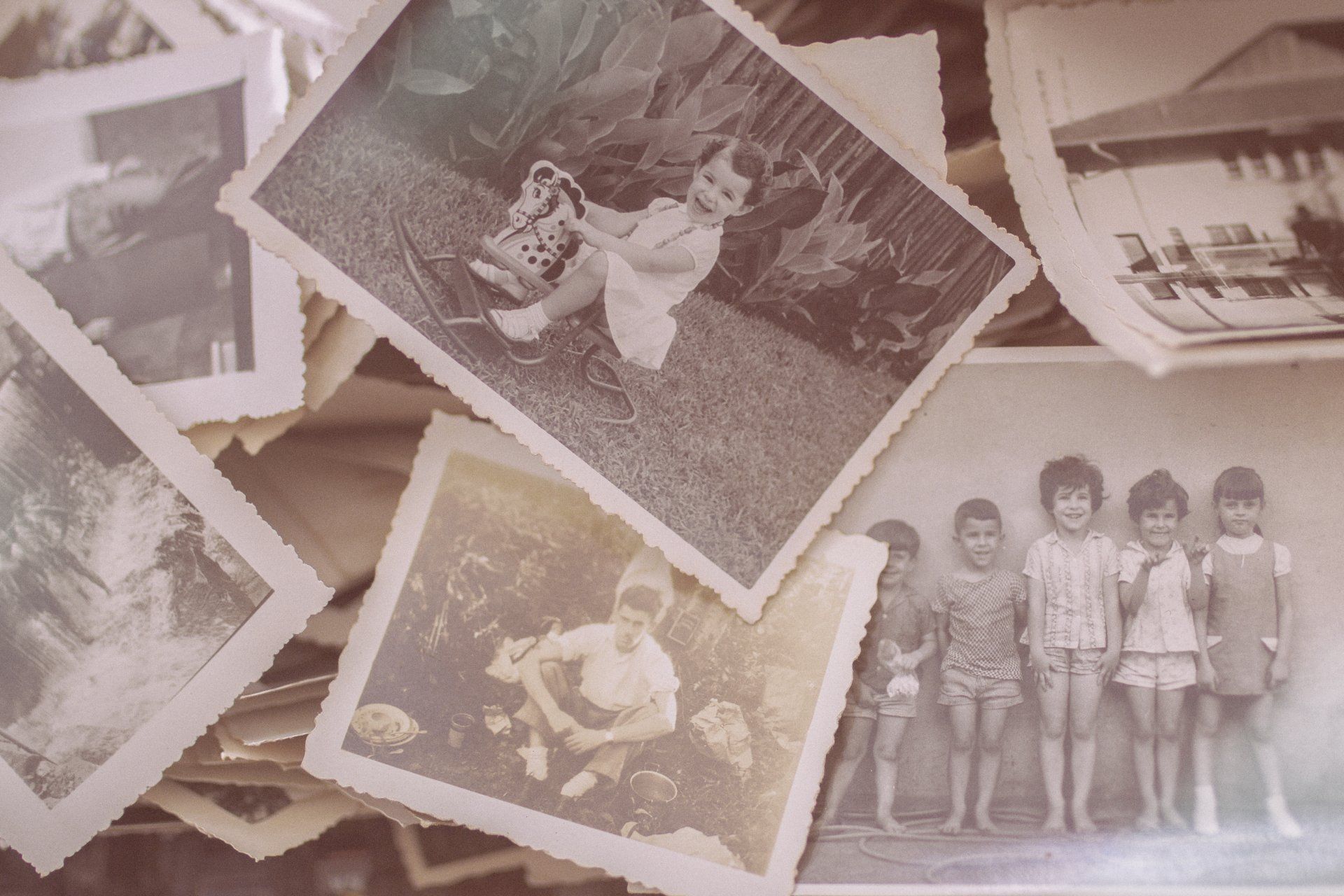By Cole Armstrong
•
July 19, 2023
If I asked you to think back about an event, maybe a holiday or your last plane trip, your last dinner out, or a shopping experience, what would you remember? If I asked you to describe the experience, chances are you’d feel pretty confident about your memory, or at least some of the key elements. It turns out though, that confidence you’re feeling - it doesn’t relate to the accuracy of your memory. Faulty memories You’re not losing your mind, it’s just that your mind is playing tricks... sort of. We’ve spent quite a bit of time using eye tracking technology through our client projects. It enables us to see a participant’s behaviour – what they actually see and engage with - and the journeys people take through a physical environment, like a mall or retail setting. One project saw participants navigating a store with eye tracking glasses, getting items off a shopping list. As soon as they’d completed their journey, we asked which way they’d walked. Participants confidently recounted their route, and yet despite having literally just finished their journey, consistently missed out details. In another project we asked focus group participants about an image we’d shown them 20 minutes earlier. This elicited quite a spirited conversation about skin colour and how the illustrator’s choice of using a dark skin colour for all of the characters pointed to the racism of the illustrator and client. The thing was though, the characters weren’t dark skinned. Not one of them. And yet all of the participants convinced themselves this was the case. We’re certainly not the first to have encountered this phenomenon. There’s quite an active scene looking into issues with eyewitness testimony, and under which conditions our memory maybe unduly swayed or prone to errors. As you can imagine, the consequences of this could be huge. How can we stop getting it wrong? We’re not saying that our memories are always wrong – clearly that’s not the case! But there’s a rhyme and reason behind how our memory operates – both for good and bad. Our brains are BUSY. It’s like a hamster wheel going full on 24/7. Even when sleeping our brain is taking stock of the day, filing away moments into short and long-term memory. In order to look after us, our brains have to prioritise its resources, and it essentially takes shortcuts wherever possible, driving the same way to work each day, ordering the same coffee and so on. Imagine the fatigue we would face if we had to make every decision and action consciously, rather than letting our brains run the show. Which moments matter? So when our brain – a lazy but efficient workaholic – is sorting through events and the happenings of our day, it throws out the mundane, peripheral information it deems unimportant. It instead focuses on creating a highlight reel, and takes the moment of the events and experiences that were the most emotionally intensive, and the final moment. The concept is known as The Peak-End rule, and comes from Daniel Kahneman and his colleague Donald Redelmeier. Their 1996 study, which I am very pleased to not have been a participant in, involved 154 colonoscopy patients rating their level of discomfort at 60-second intervals throughout the procedure, as well as being asked to retrospectively describe how uncomfortable the procedure was. The level of discomfort during the procedure had no correlation to the discomfort they reported retrospectively. As an aside, they followed-up this study with yet more colonoscopy patients, who were split into two groups. One group had the standard procedure and experience of the camera being somewhat painfully removed, and the other had an amended experience that lasted three minutes longer, but which the camera removal was more uncomfortable than painful. The second group – with a longer procedure but less discomfort in the final moments – rated the procedure as less painful than the first group and were more likely to return for subsequent procedures. What was relevant was the peak level of discomfort experienced, as well as the level of discomfort in the final, end moments of the procedure. So what does this tell us? Firstly, that our memory is more fallible than we’d like to realise, more often made up of a series of stitched together moments and thoughts that can be revised and reinterpreted after the fact. Here’s an example - one of the best flights I’ve had was on Air New Zealand to Sydney – the first time we’d flown with my then-infant daughter (you can imagine our nerves!). At the end of the flight we apologised to the man next to us who’d (somehow) been working the whole 3.5 hours. We were suitably self-conscious at the amount of screaming he’d been subjected to but were greatly surprised at how nice he was – telling us that she’d been great, and how his (now teenage) children had subjected him through worse. Then some of the other passengers near us congratulated us on surviving a flight with an infant and how good a flyer she’d been – alongside the cabin staff who were making faces at our daughter to get her to laugh. It's honestly one of the best flights I remember – but clearly it wasn’t that pleasant at the time! The Peak-End rule in action – our actual and remembered experiences diverting wildly. How to apply these learnings to your work Don’t rely on people providing an accurate testimony of their experience. It’s more important to look at what a customer does vs what they say they do. When reviewing a process, journey or customer experience, focus on the moments that matter – the peak emotional moment and the final moment. This provides direction, stopping you from spreading your resources too thin and helping concentrate efforts on the moments most likely to have an impact. Be creative when designing experiences. Because our remembered experience is more important than our actual experience, you have a unique opportunity where you can creatively leave customers with an experience perhaps better than what they had… If you know there’s a frustration or issue during a process, while working on a fix for that, make sure your final moment knocks their socks off.








